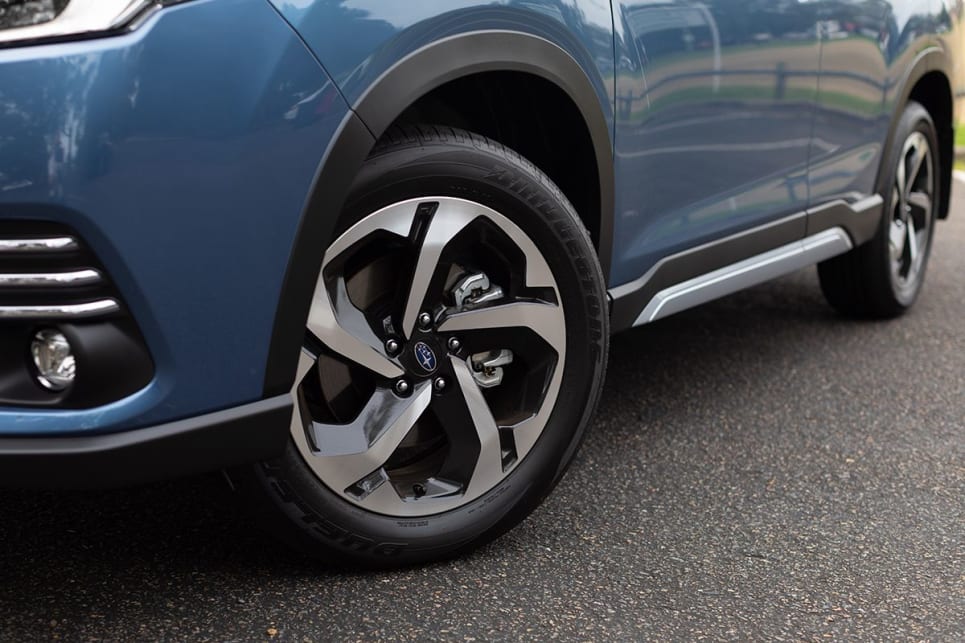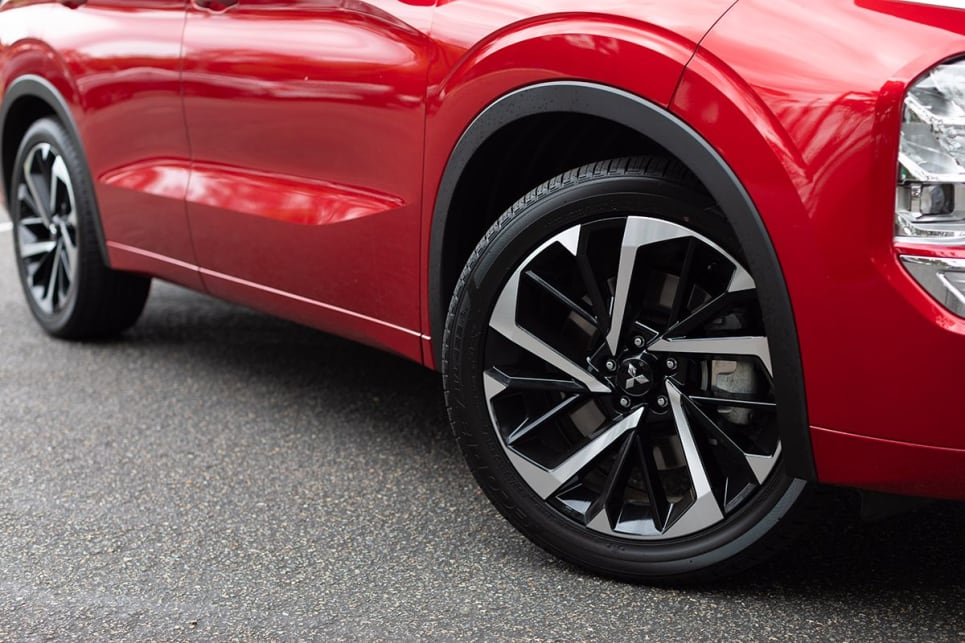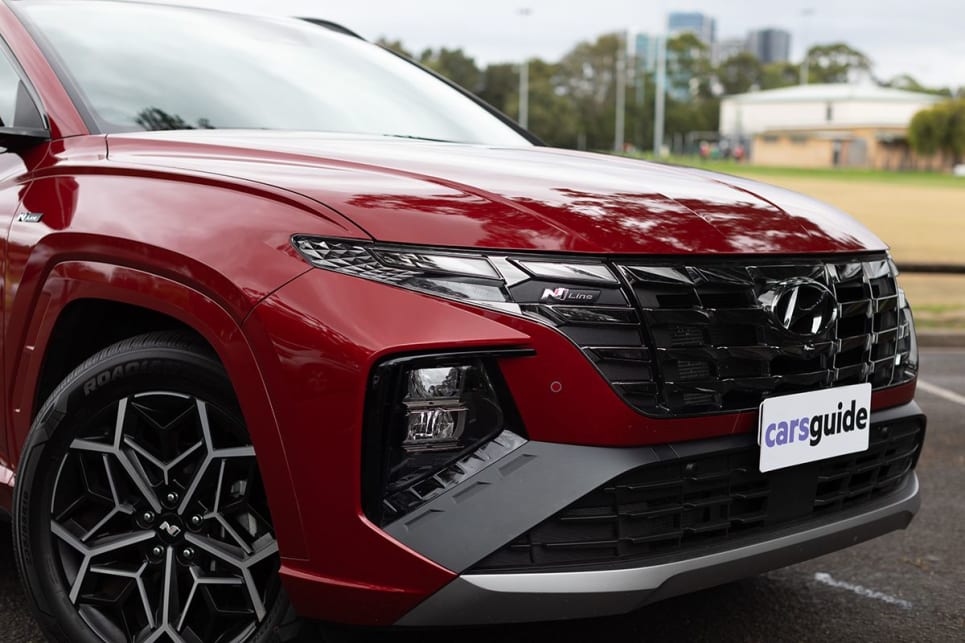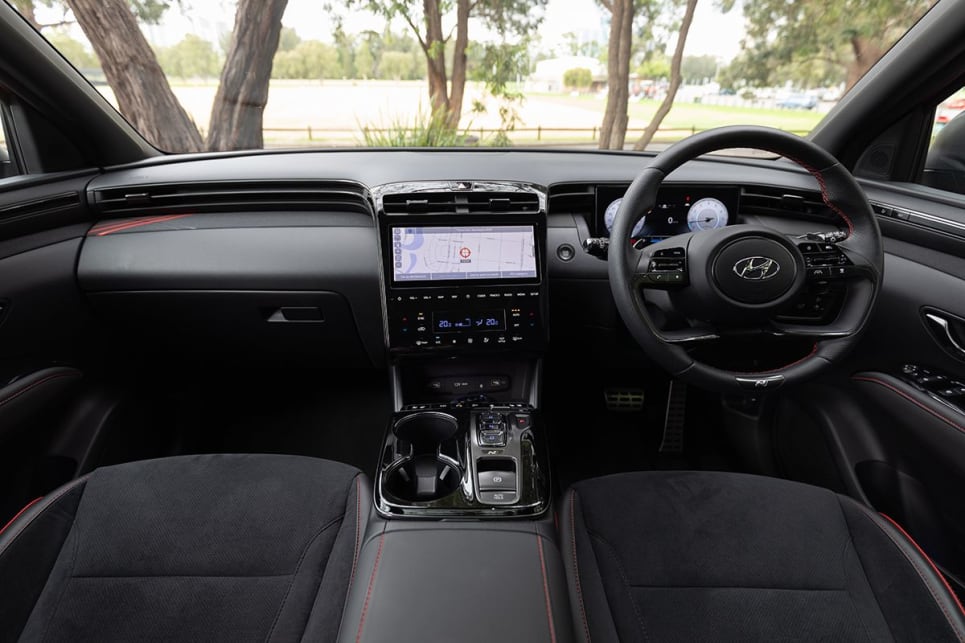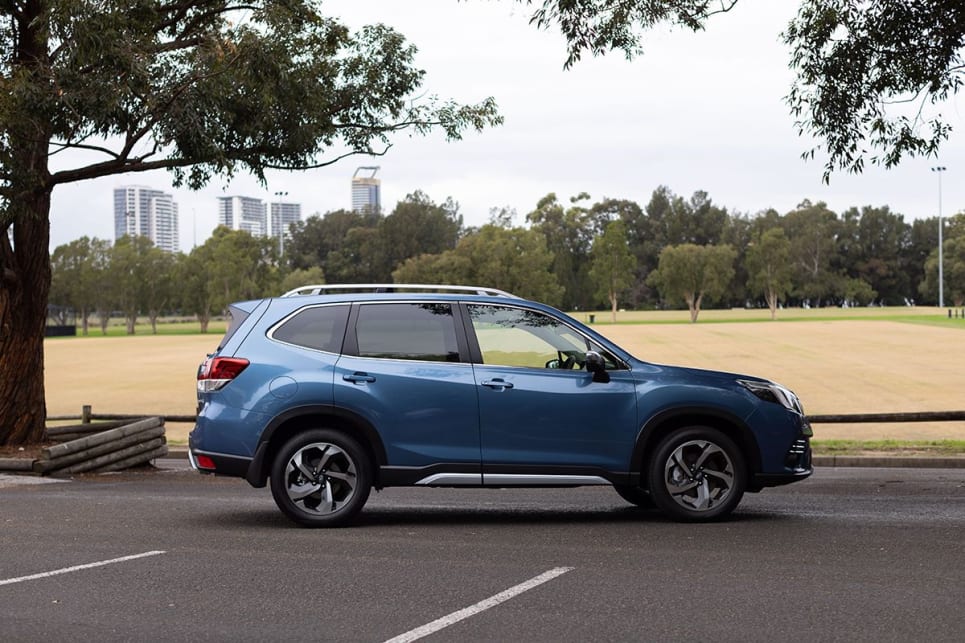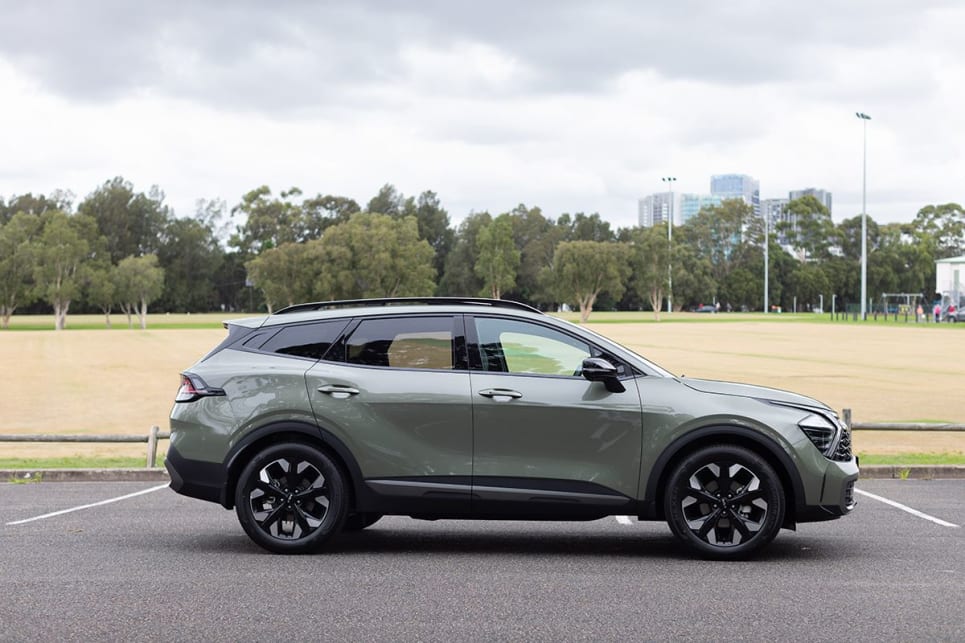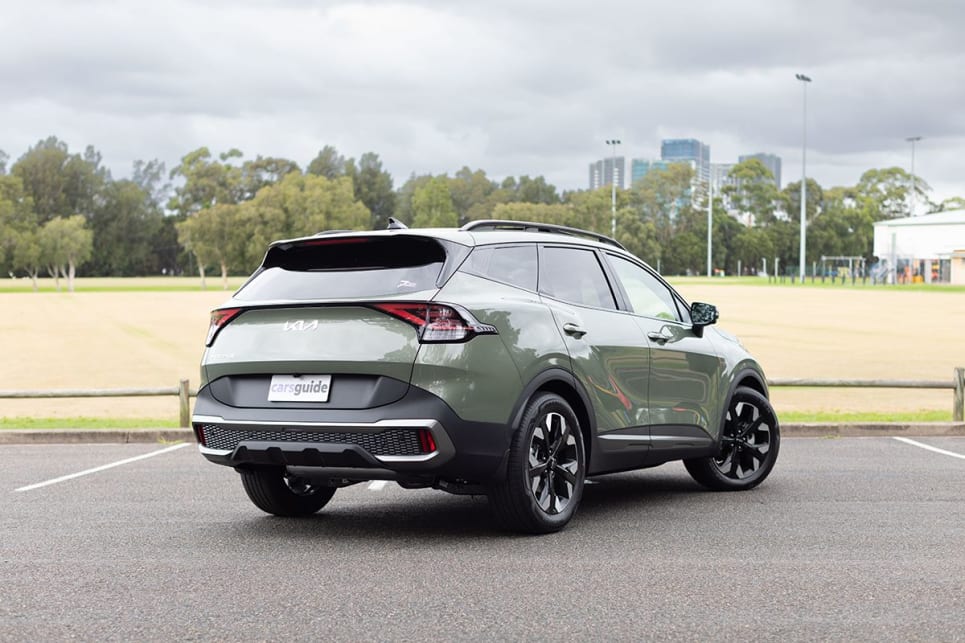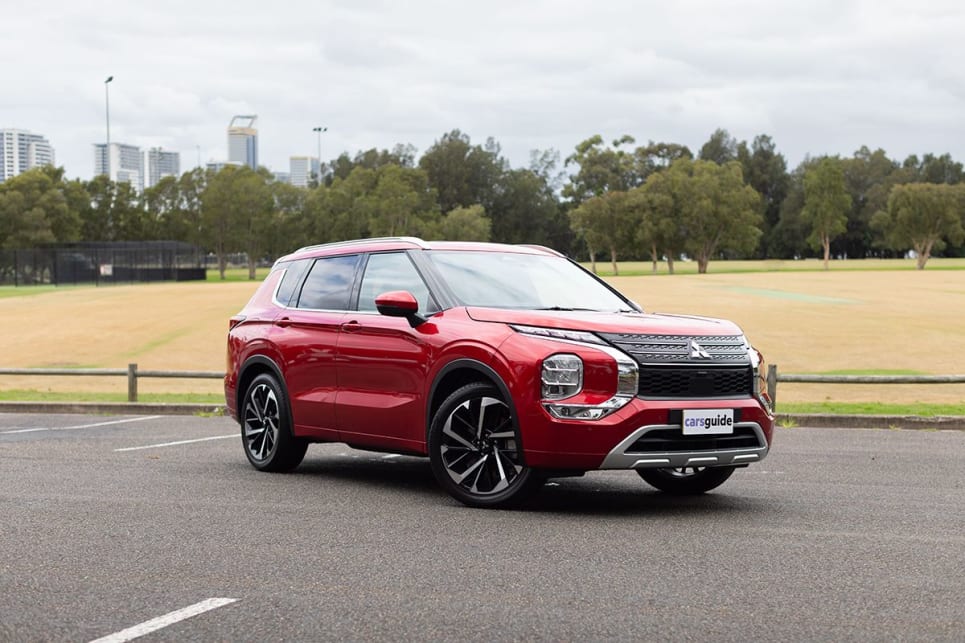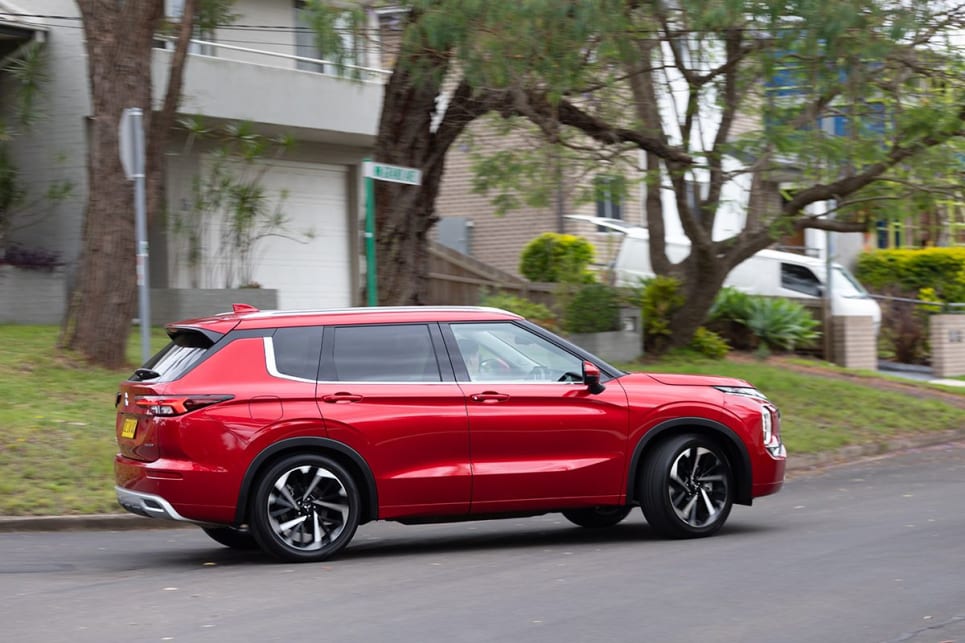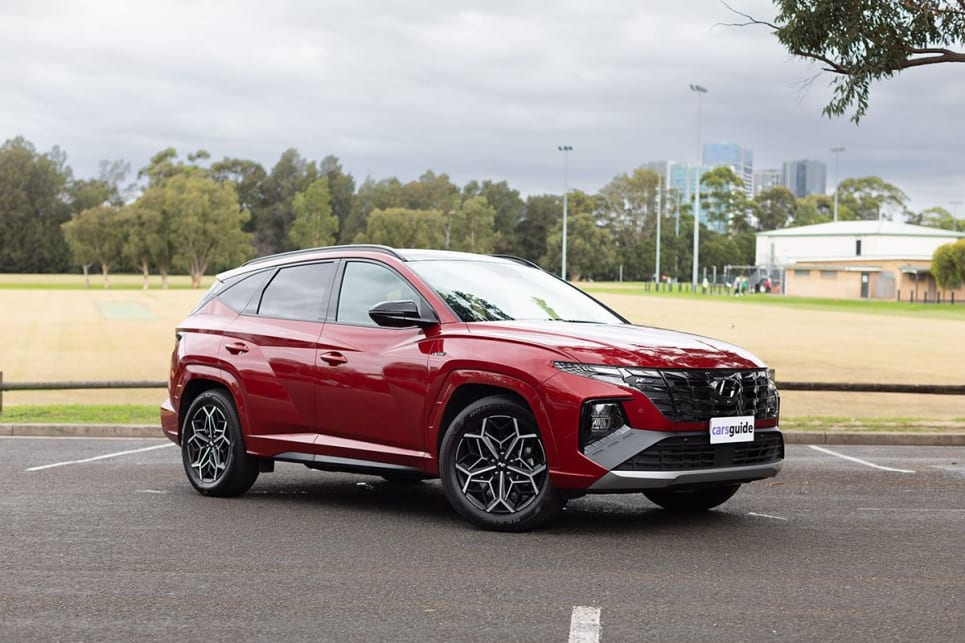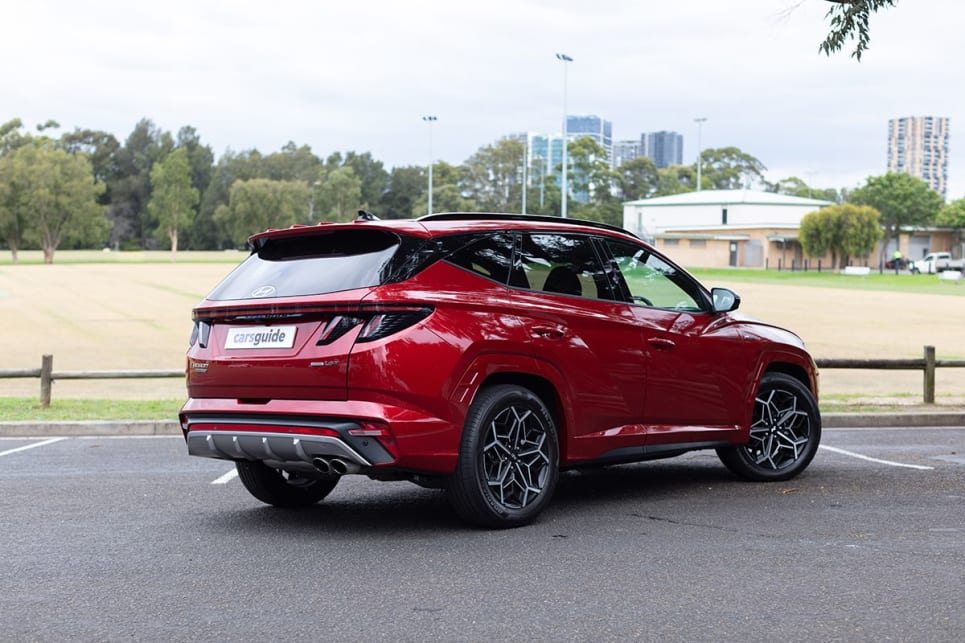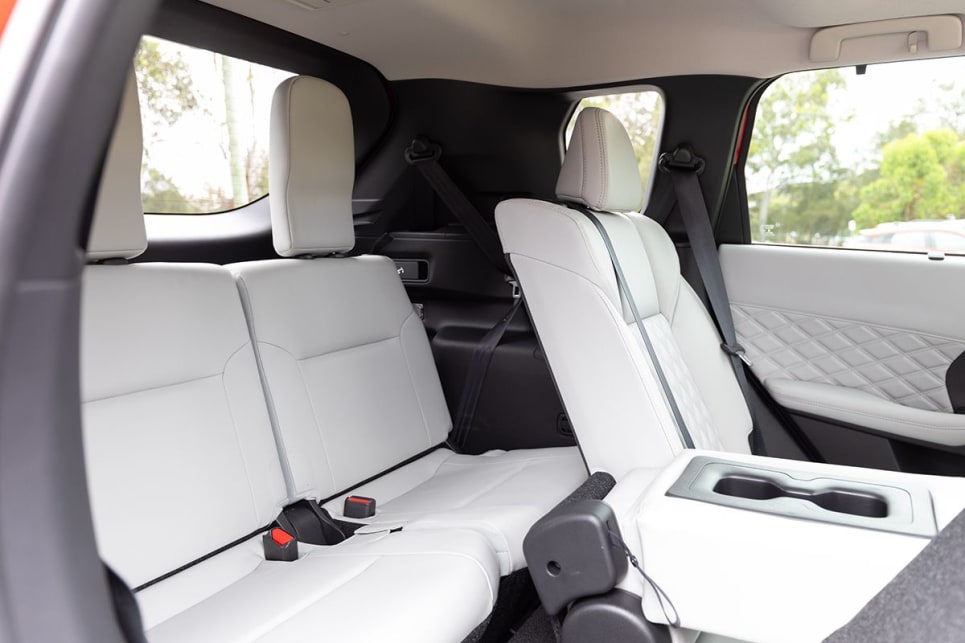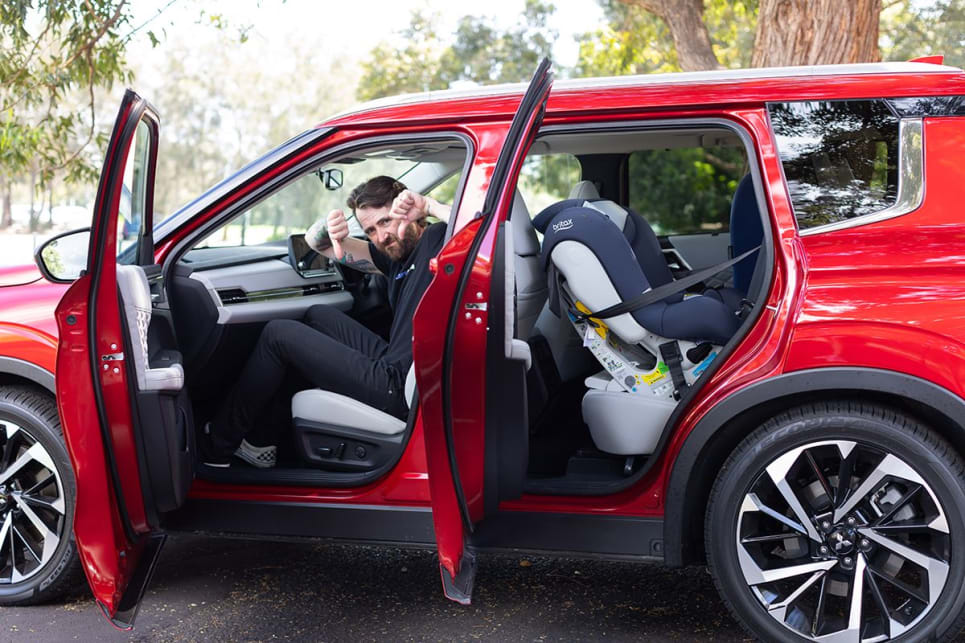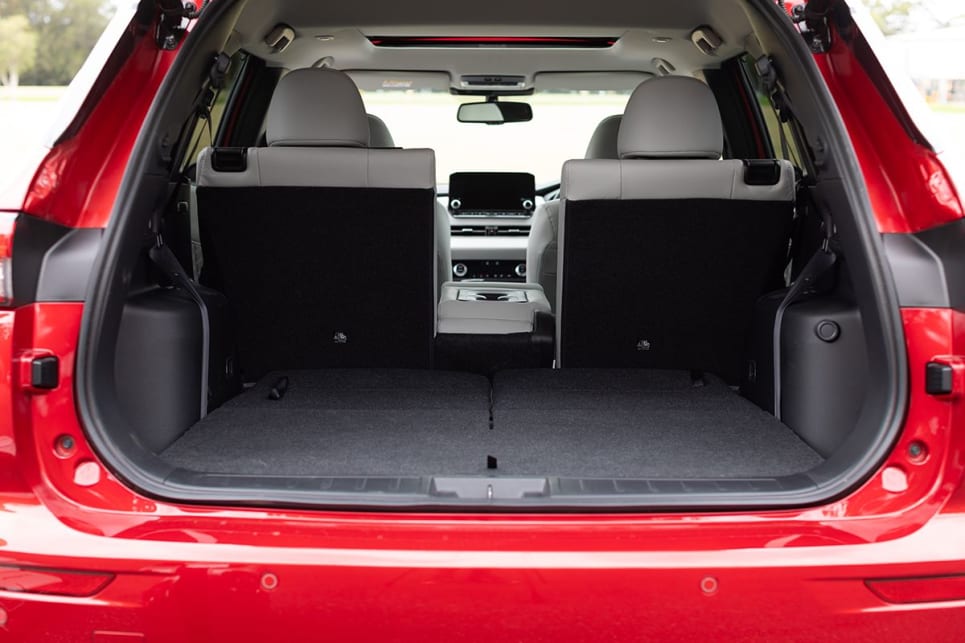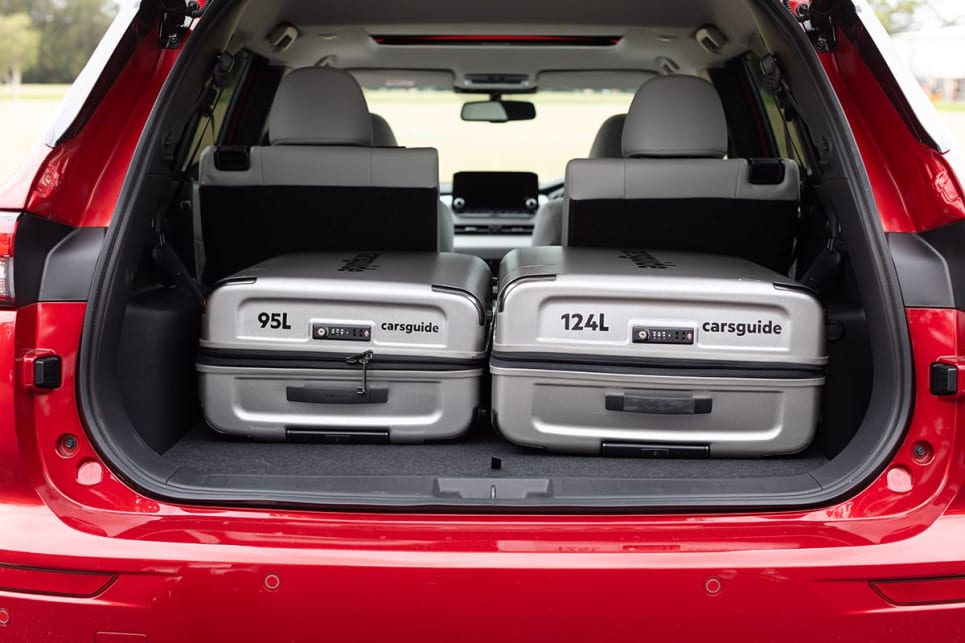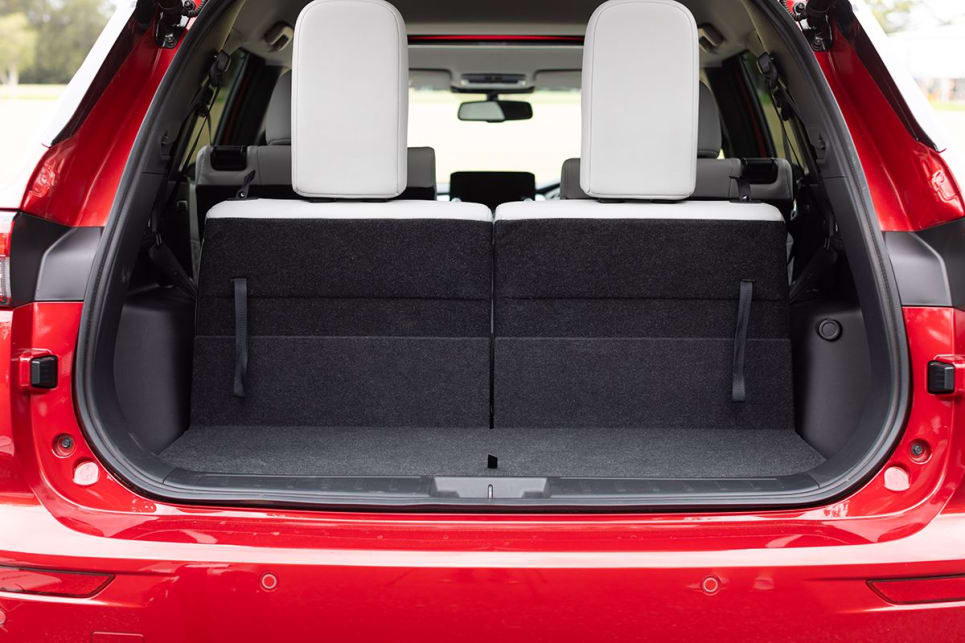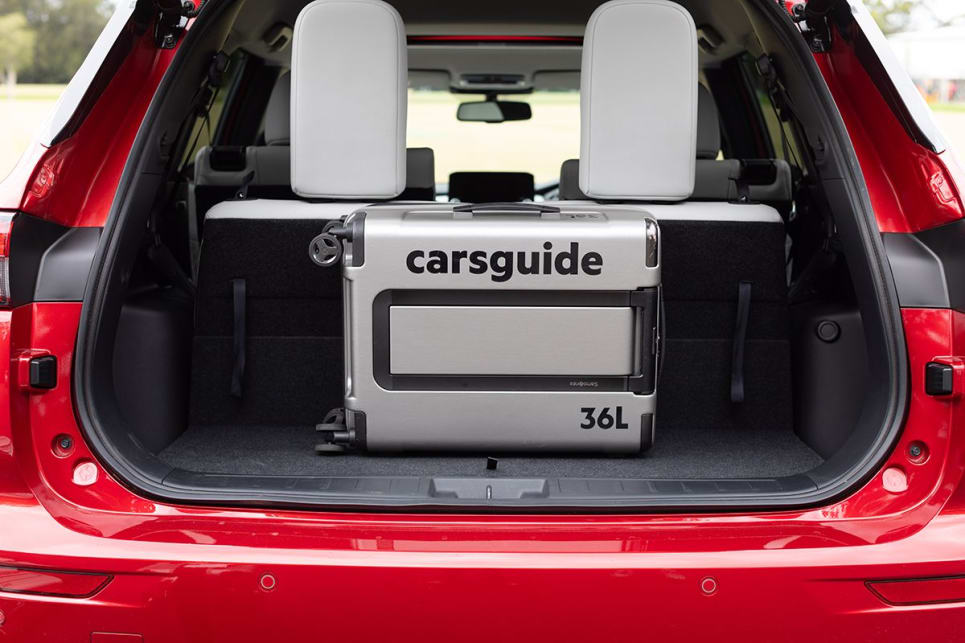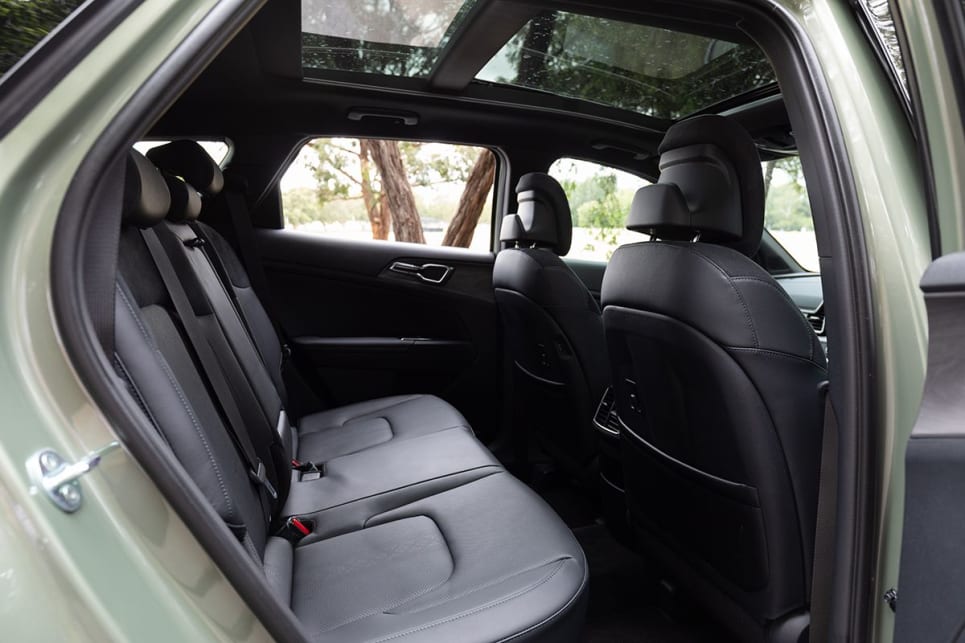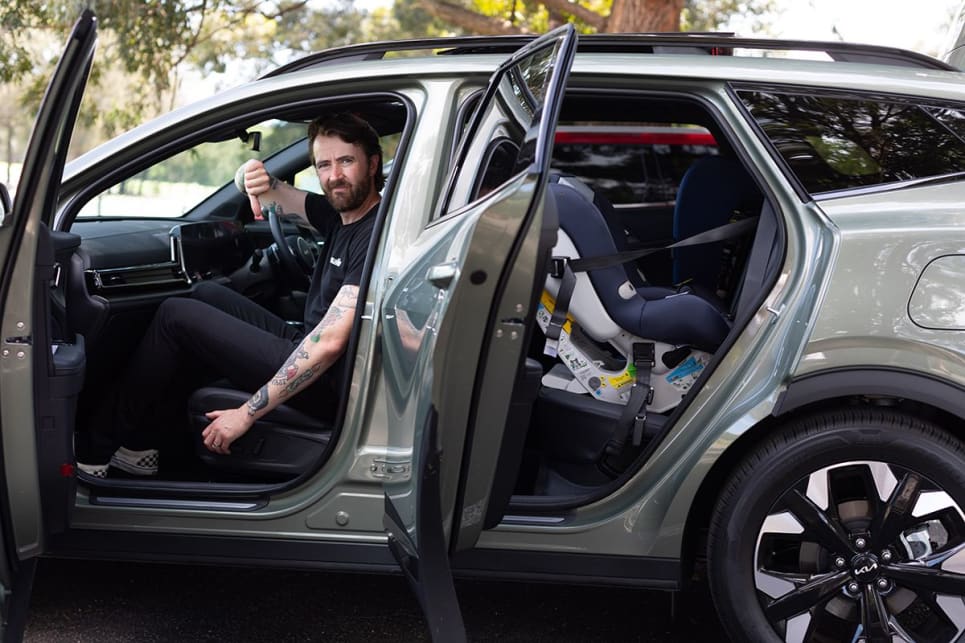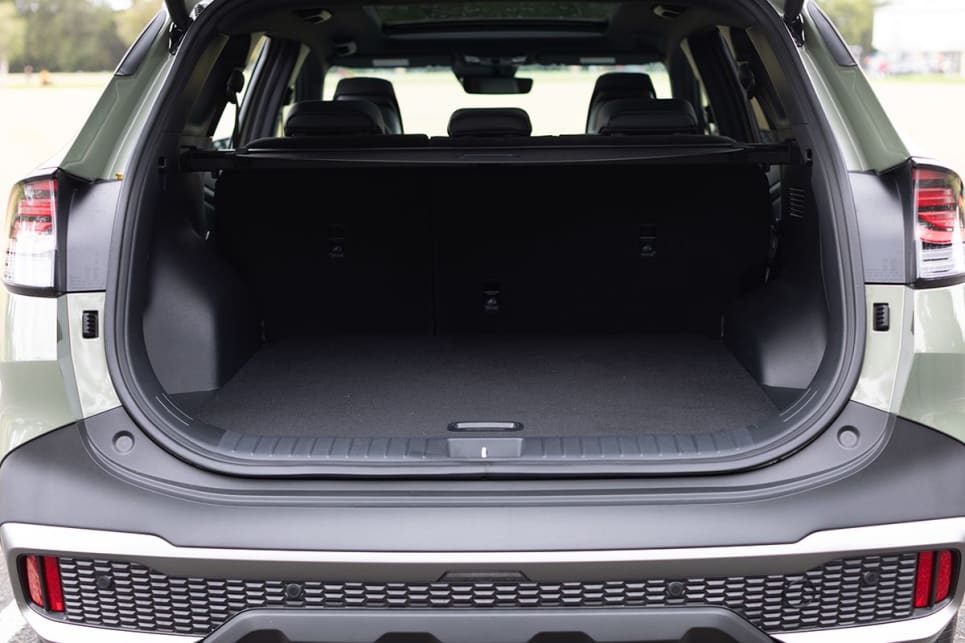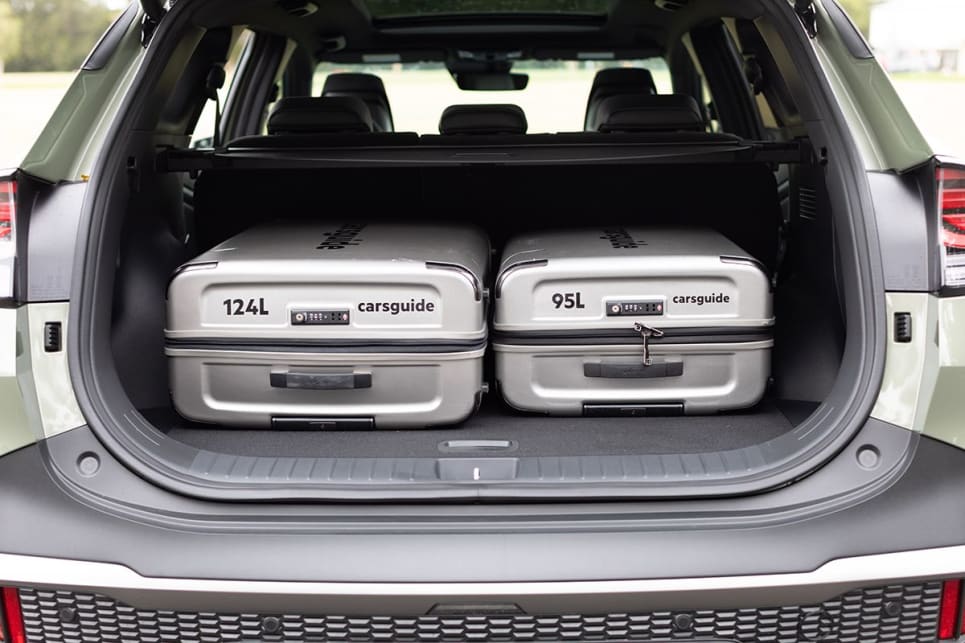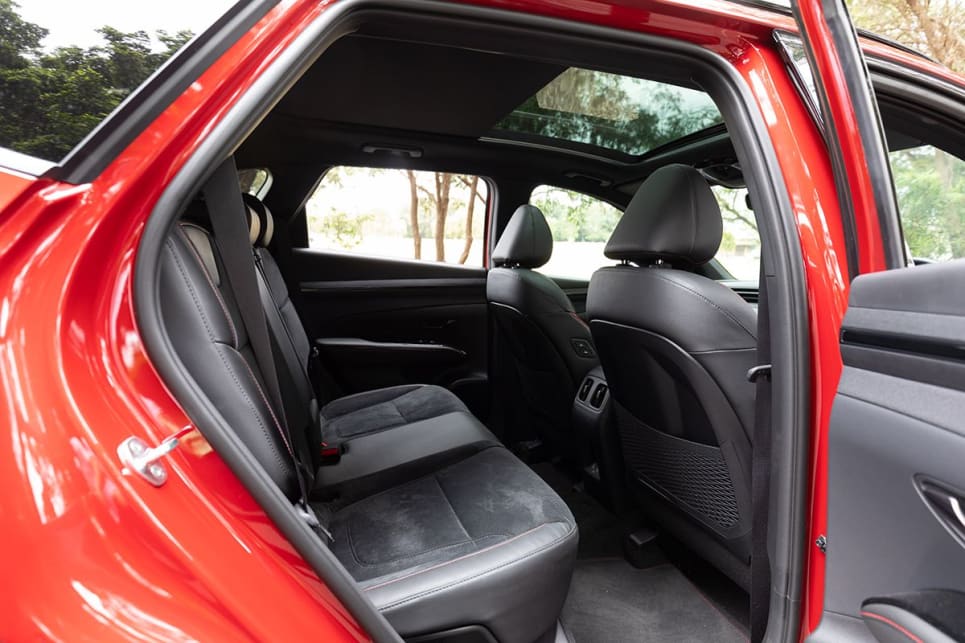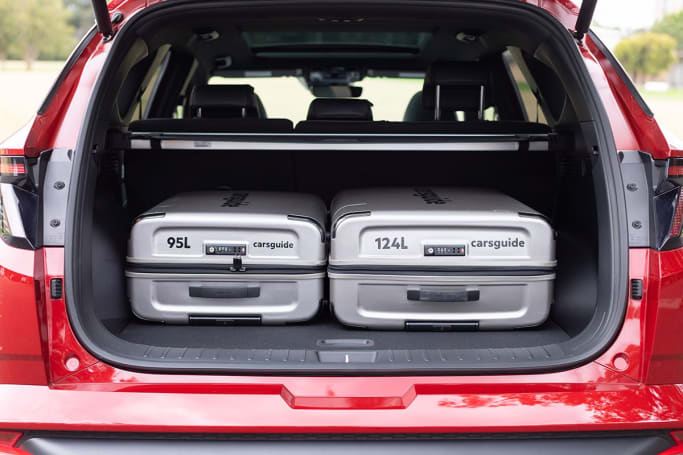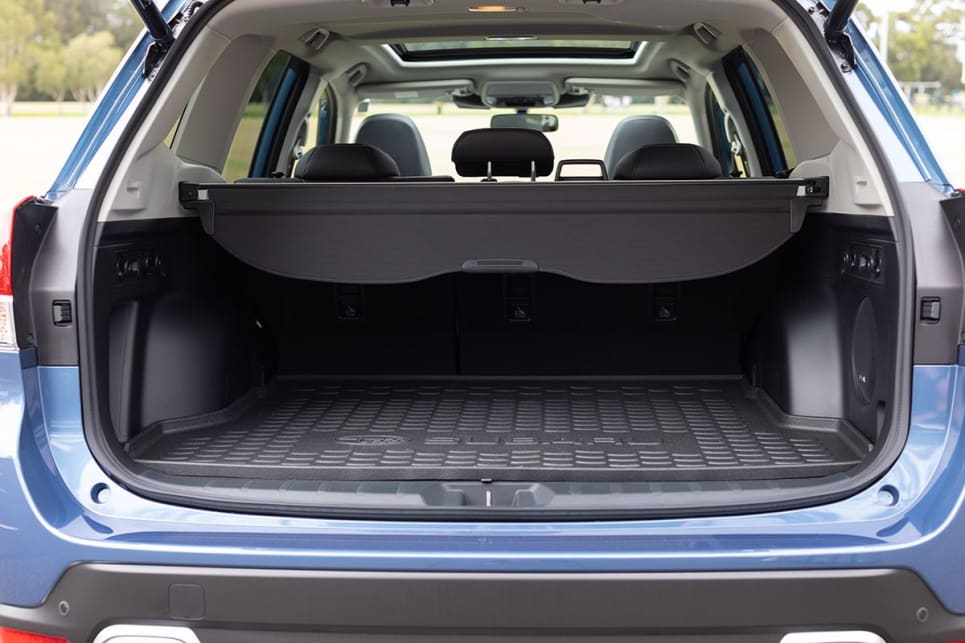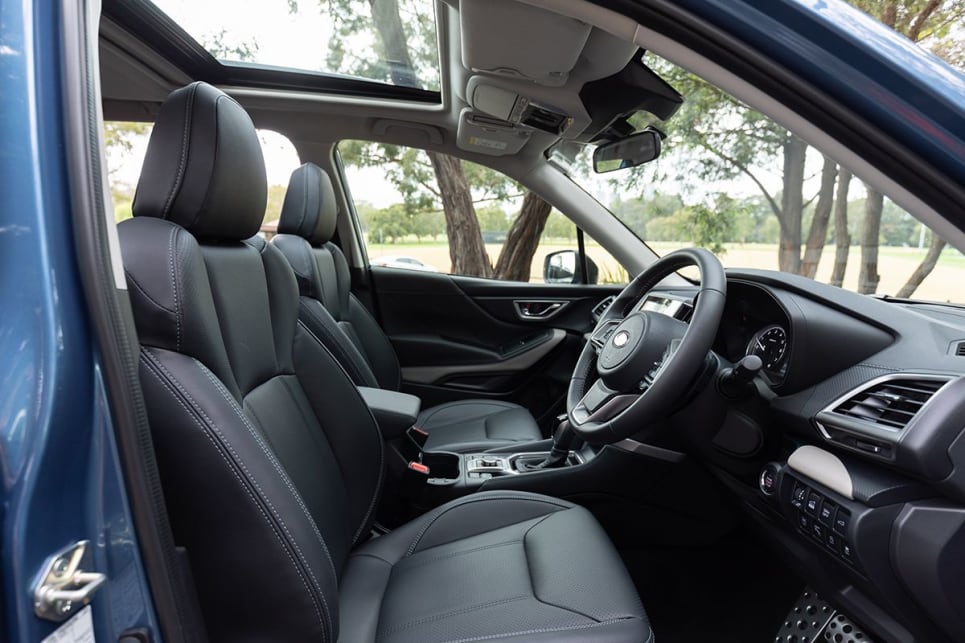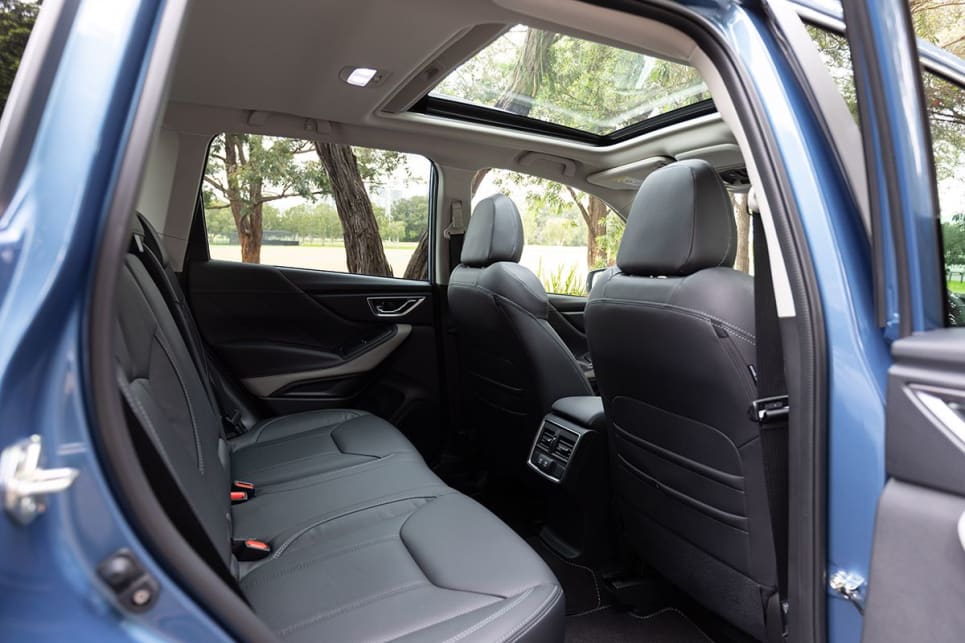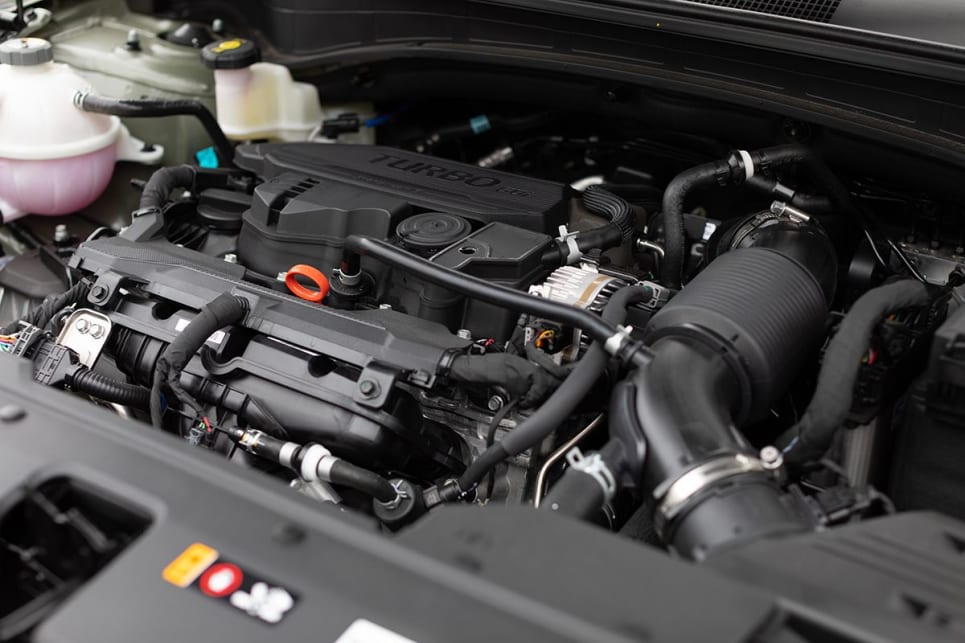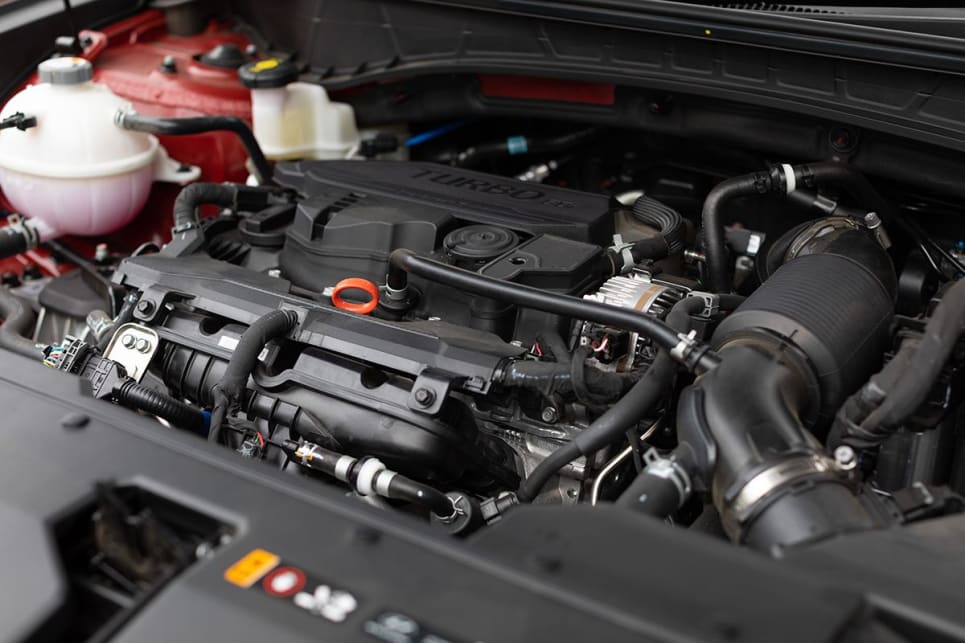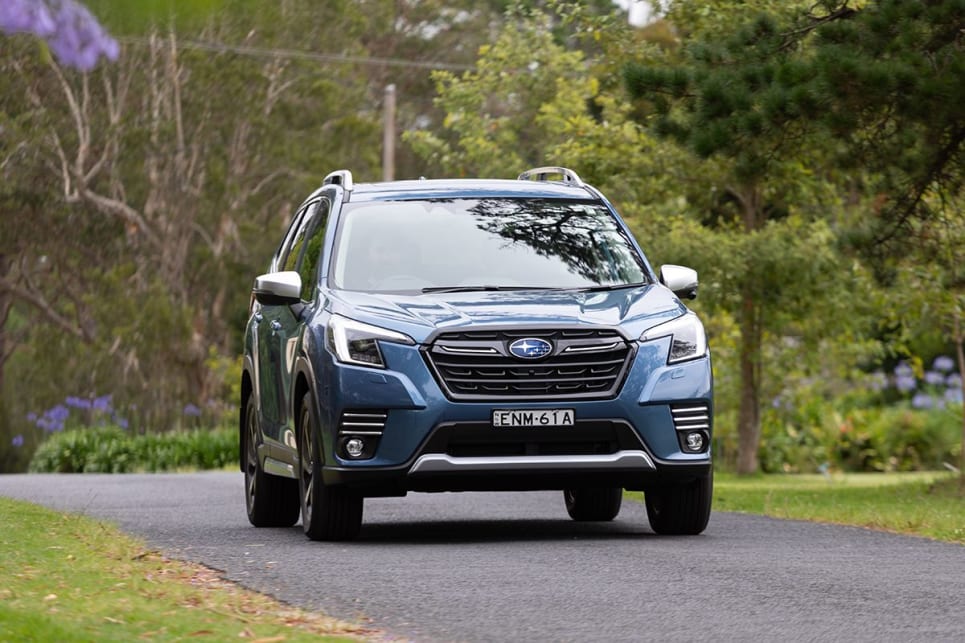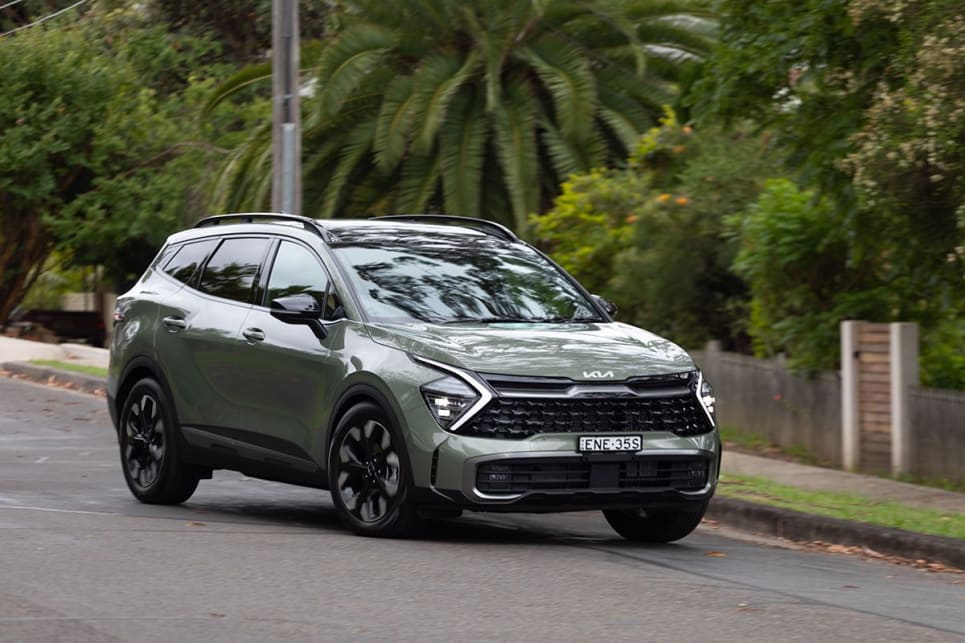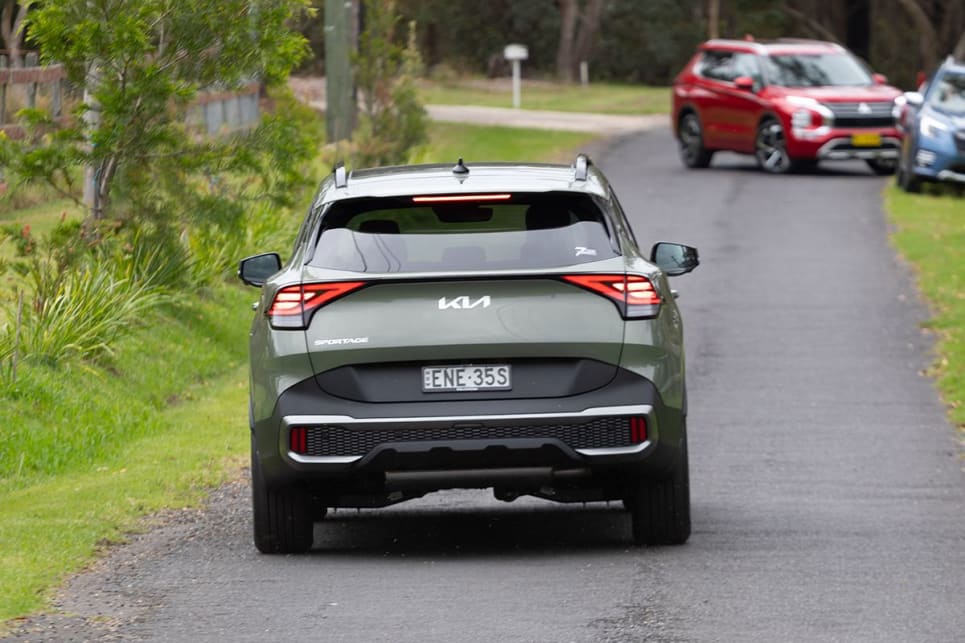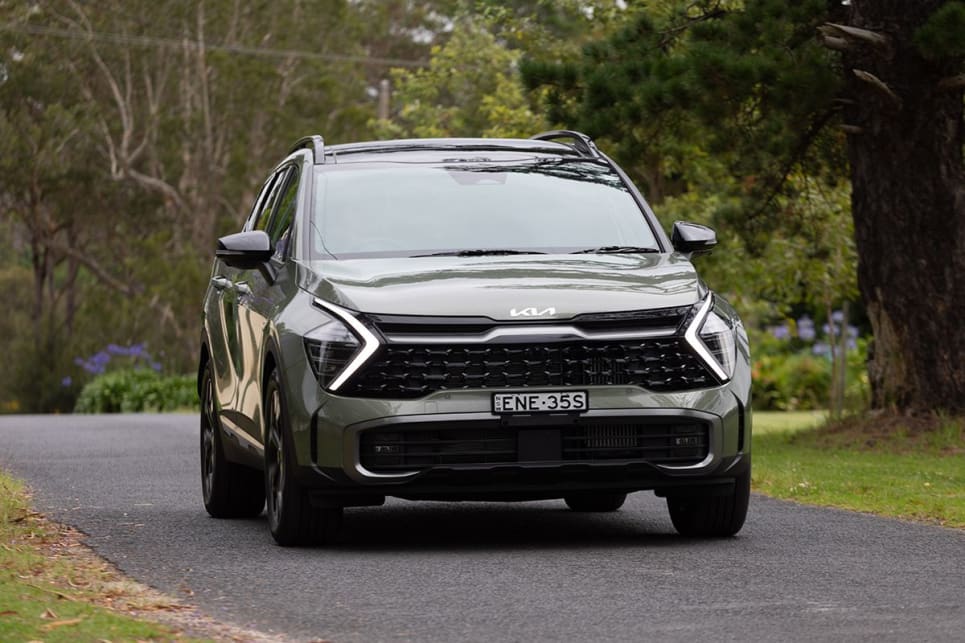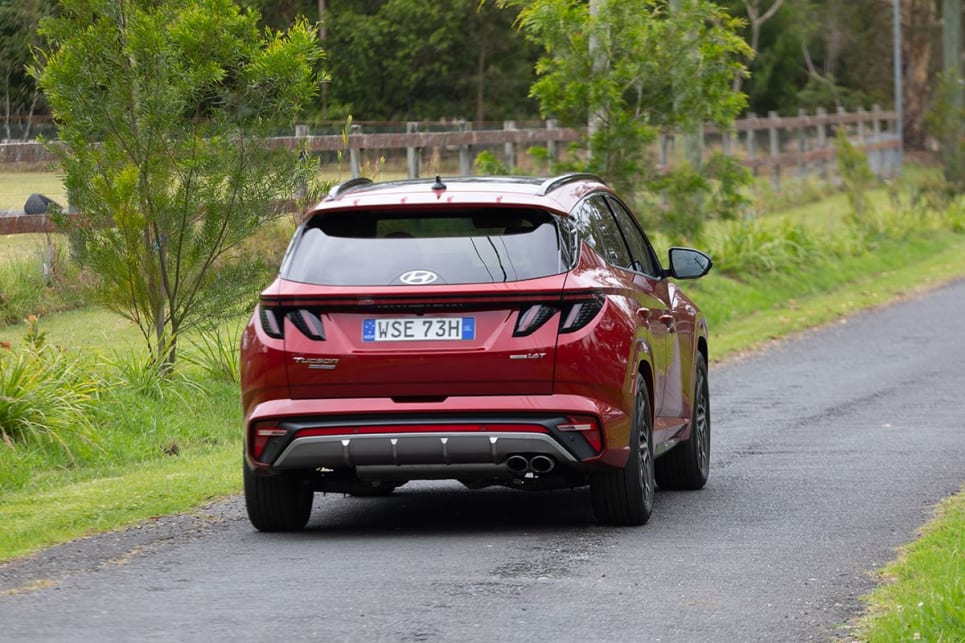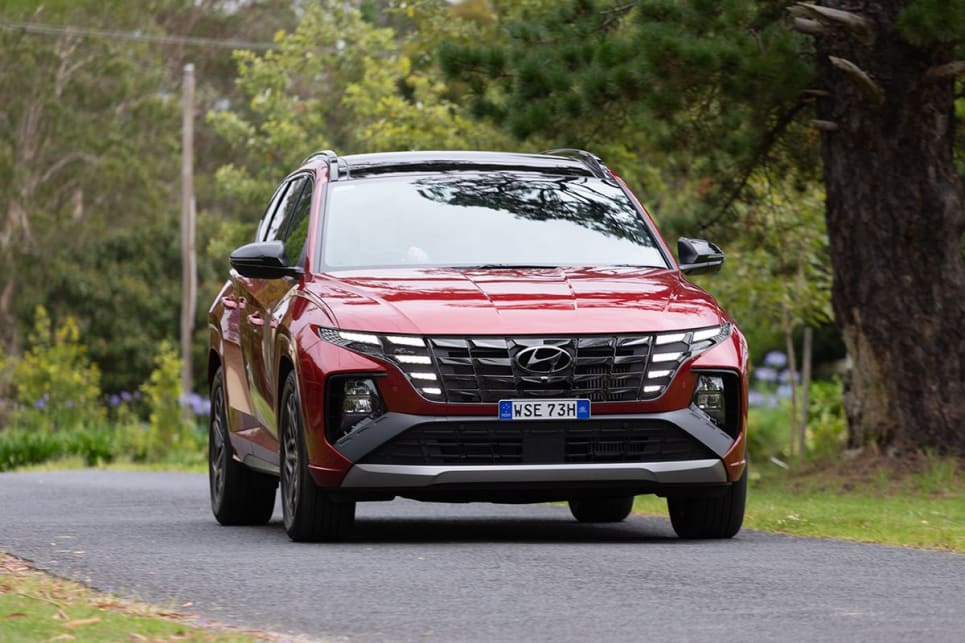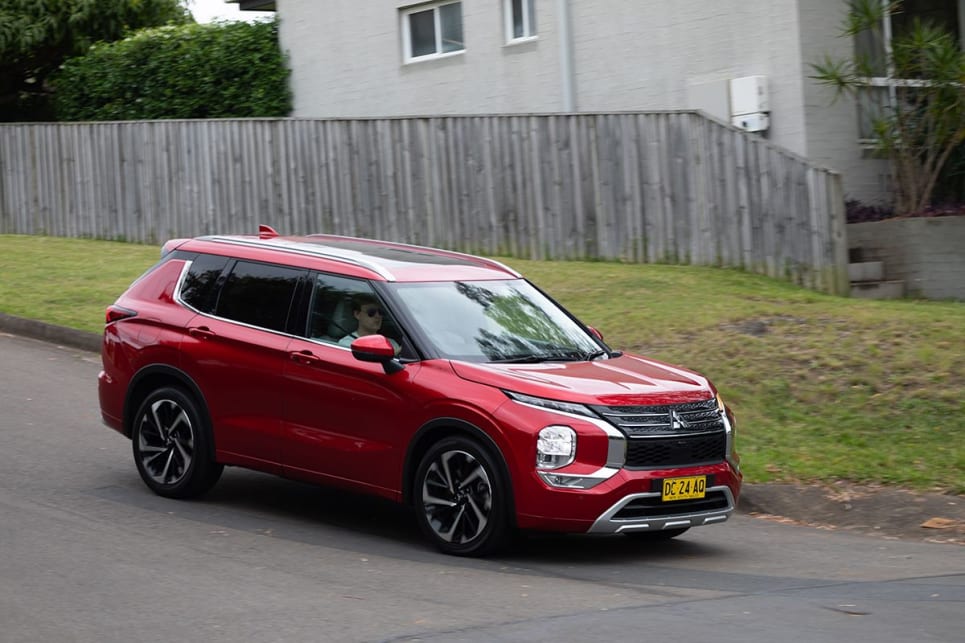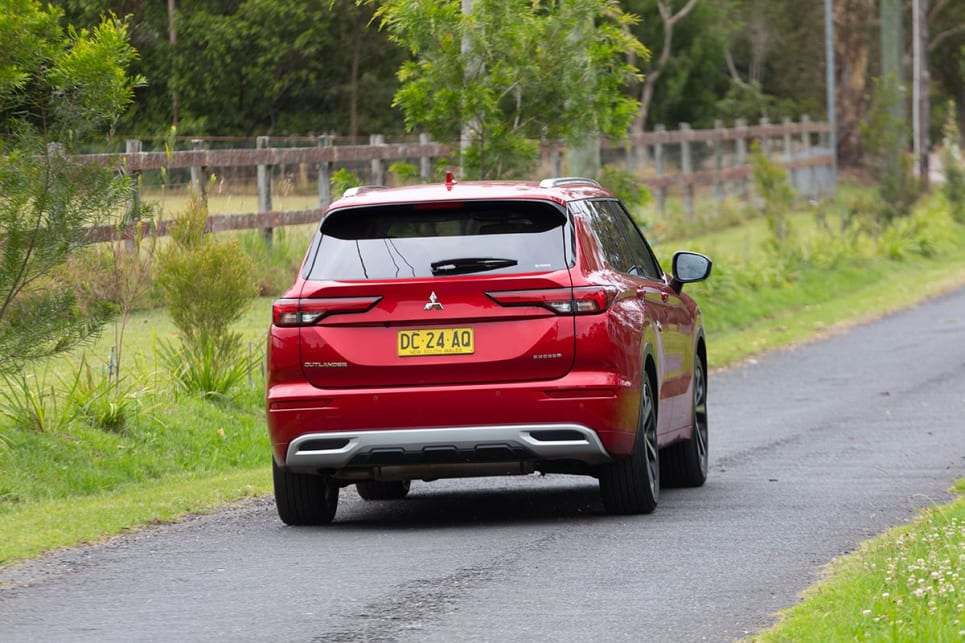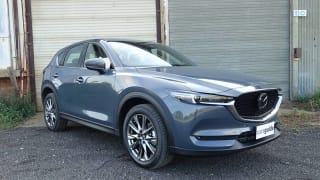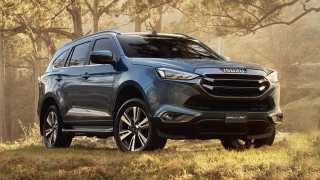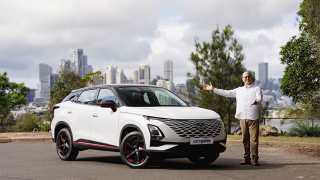Out of the four SUVs here the Forester 2.5i-S will cost you the least at $44,190, then the Outlander Exceed comes in at $47,990, followed by the Sportage GT-Line at $49,370 and then the Tucson Highlander N Line with its list price of $51,000.
All sit at the top of their respective ranges. Well, there is a grade above the Exceed in the Outlander line-up called the Exceed Tourer, but the only extra it offers is a dual-tone colour exterior and interior.
This price variation between the SUVs on test is a great example of how a car's higher cost doesn’t always mean you get more.

See, all these SUVs come with sat nav, a proximity key and push-button start, privacy glass, a power tailgate, sunroof, roof rails, LED headlights and running lights, plus Apple Car Play and Android Auto.
The Outlander has three-zone climate control, while the rest have dual-zone. The Outlander has the largest wheels – they’re 20-inch alloys, while the Forester has the smallest at 18 inches and the Sportage and Tucson both have 19-inch rims.
All have leather upholstery and heated front seats, but only the Sportage and Tucson have ventilated front seats, too.
The Forester and the Tucson both have an eight-speaker Harman Kardon stereo, the Sportage and Outlander have Bose sound systems – eight speakers in the Kia and 10 in the Mitsubishi.
Read more about the Hyundai Tucson
Really, the big differences in features comes down to the cabin tech such as the size of the media displays.
The Forester has the smallest screens – there’s an 8.0-inch media display and a 6.3-inch display for car information.
The Sportage has the most impressive display with two 12.3-inch screens which are joined and curve around the driver housing the media and instrument cluster.
The Tucson has two separate 10.25-inch screens, one for media and the other for the driving instruments.
The Outlander has three screens – a 9.0-inch media display, a 12.3-inch digital instrument cluster and a 10.8-inch head-up display.
Sure, the Forester has a small screen and a traditional analogue instrument cluster but that’s because it’s the oldest car here.
This fifth-generation Forester arrived in 2018, and while there have been updates to it since then, the Sportage and Outlander came out in 2021, and the Tucson was released in 2020.
Despite the tech being a bit behind, the Forester represents the best value for money.
Forester | Outlander | Sportage | Tucson | |
Price | $44,190 | $47,990 | $49,370 | $51,000 |
Seat upholstery | Leather | Leather | Leather | Leather |
Climate control | Dual zone | Three zone | Dual-zone | Dual-zone |
Heated seats | Front | front | Front | Front |
Ventilated seats | No | No | Front | Front |
Multimedia screen | Eight-inch | Nine-inch | 12.3-inch screen | 10.25-inch screen |
Digital instruments | no | 12.3-inch | 12.3-inch | 10.25-inch |
Head up display | no | 10.8-inch | No | No |
Apple CarPlay/Android Auto | Yes | Yes (wireless) | Yes | Yes |
Stereo | Harmon Kardon eight-speaker | Bose 10-speaker | Harmon Kardon eight-speaker | Bose eight-speaker |
Built-in sat nav | Yes | Yes | Yes | Yes |
Keyless entry and push-start | yes | yes | Yes | Yes |
Power tailgate | yes | yes | Yes – gesture function | Yes – gesture function |
Headlights | LED | LED | LED | LED (adaptive) |
Wheel size | 18-inch | 20-inch | 19-inch alloy | 19-inch |
Privacy glass | Yes | Yes | Yes | Yes |
Sunroof | Yes | Yes | Yes | Yes |
Forester | Outlander | Sportage | Tucson | |
9 | 8 | 7 | 7 |



